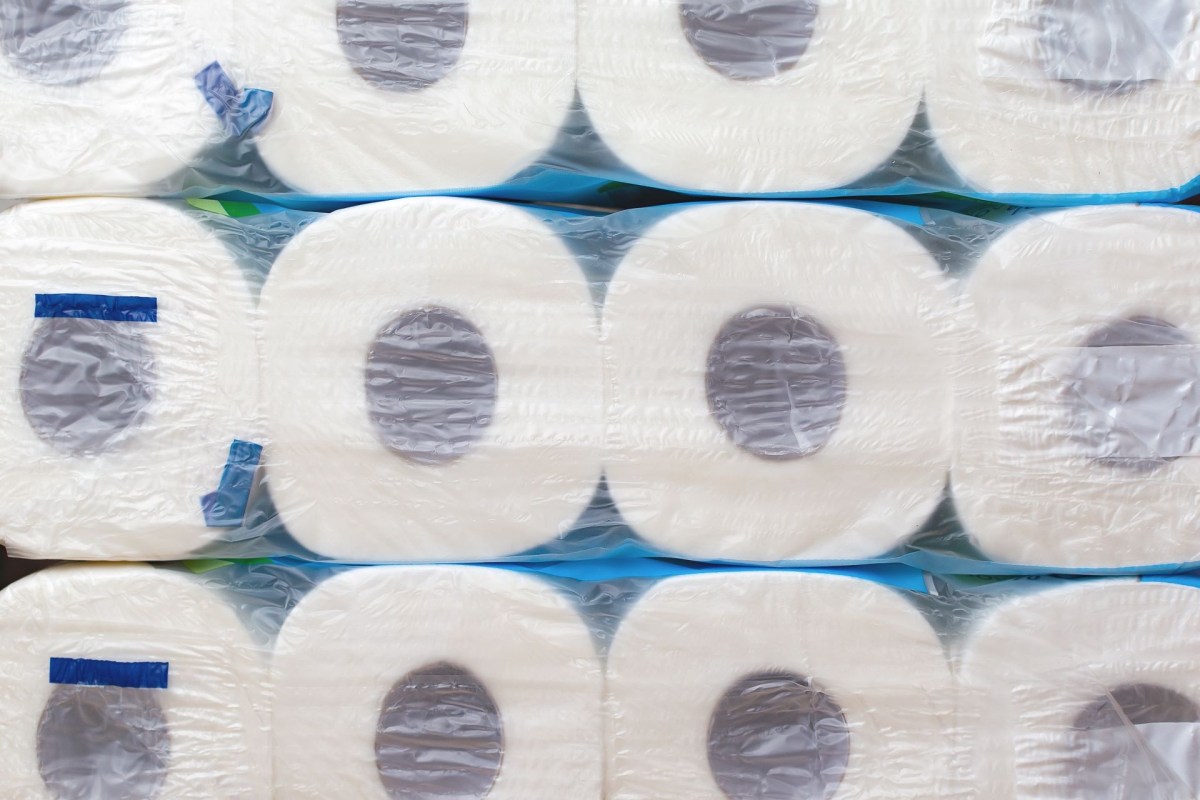Toilet paper is a product that is essential to our everyday lives, but it is also a product that has significant environmental impacts.
As prices of everyday items, like toilet paper, increase, people wonder if and how they can lower their bills while also doing the right thing for the planet.
Is toilet paper unsustainable?
Toilet paper itself is not unsustainable. However, many companies that produce it are not doing so in an environmentally-friendly way.
The trees that leading producers use take a long time to grow, and the production of toilet paper requires cutting down a large number of trees. One estimate asserted that more than one million acres of the Canadian boreal forest are clear-cut each year. Inhabitat reported that it takes an estimated 31.1 million trees each year to meet the demands for TP in the United States alone.
Additionally, manufacturing toilet paper is energy-intensive and releases tons of harmful carbon pollution into the atmosphere, contributing to the overheating our planet.
Toilet paper production is also very water-intensive. Scientific American reported that making a single roll of toilet paper takes an estimated 37 gallons of water. And since Americans use over 36 billion rolls of TP annually, it really adds up.
Improving toilet paper sustainability
Toilet paper can be made more sustainable by using recycled paper, as opposed to virgin pulp, or bamboo instead of paper from trees.
Additionally, manufacturers can use more efficient production processes to reduce the energy and water used to produce toilet paper — although manufacturing conventional TP still requires significant resources.
There are tons of toilet paper brands that are limiting their environmental impact. But you don't need to sift through all the options — the Natural Resources Defense Council ranks them yearly in its "The Issue with Tissue" reports.
If you're looking to really up your bathroom game, you could swing for a bidet. With bidets, your toilet paper use will go down significantly while at the same time helping you become more hygienic, at least when used correctly, according to The Washington Post.
TCD Picks » Quince Spotlight

Although they have a higher upfront cost, bidets could save you an estimated $180 to $350 per year in reduced TP costs. Because bidets can be inexpensive to install and they do not add much to an electricity bill, a bidet may pay for itself in savings over a matter of months.
But whether you go for recycled TP, bamboo TP, or a bidet, know that you have options that can help the planet while also helping your wallet.
Join our free newsletter for easy tips to save more, waste less, and help yourself while helping the planet.













